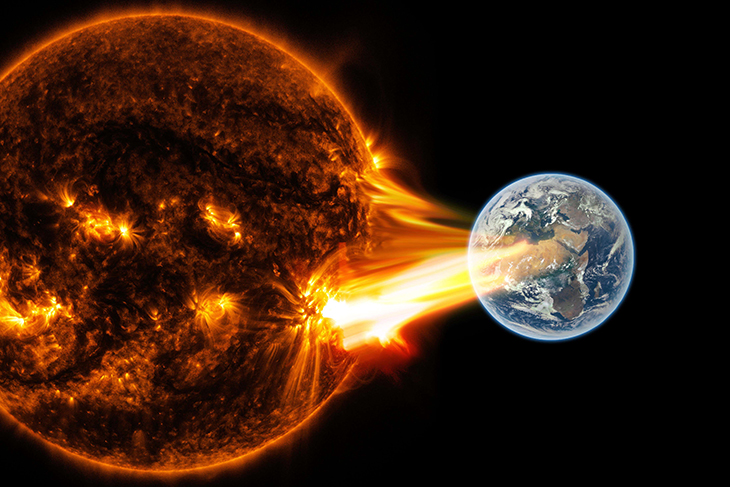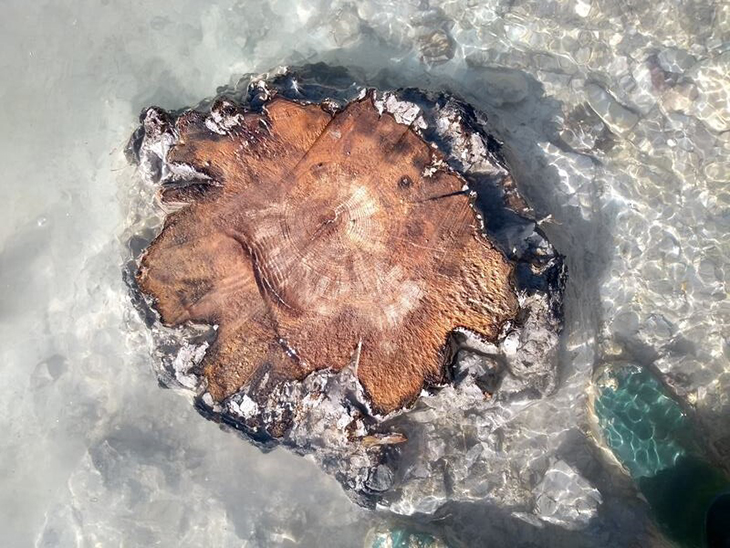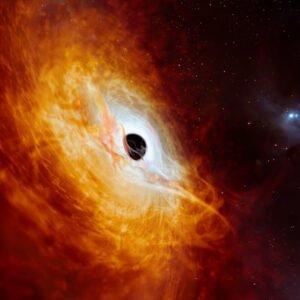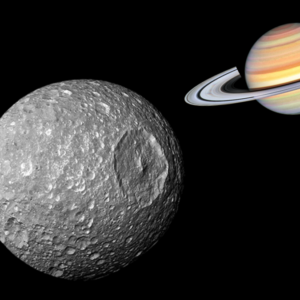
A groundbreaking discovery has been made by an international team of scientists who uncovered evidence of the largest solar storm ever to hit Earth, hidden within the ancient tree trunks.
If a solar storm of similar magnitude were to occur today, it would lead to widespread disruptions in global technology and infrastructure, affecting everything from power transformers to satellites. However, gaining a deeper understanding of these phenomena can empower organizations to predict and potentially shield the Earth from such catastrophic events.
The scientists detected a significant increase in radiocarbon levels while examining tree rings from the French Alps. Radiocarbon is continually generated in the upper atmosphere due to cosmic rays triggering a series of reactions. The research revealed that occasional bursts of activity can escalate into full-blown storms, known as Miyake Events.
“Such super storms could permanently damage the transformers in our electricity grids, resulting in huge and widespread blackouts lasting months,” said Professor Tim Heaton. He is from the University of Leeds. “They could also result in permanent damage to the satellites that we all rely on for navigation and telecommunication, leaving them unusable.”
Nine extreme events that occurred over the past 15,000 years have been identified. Among them, the most recent confirmed Miyake Events took place in 774 CE and 993 CE. Interestingly, the latter event was utilized to accurately date the timbers used by Leif Erikson and his Vikings in constructing their New World settlements, predating Columbus’s arrival by 500 years.
A newly discovered event dating back 14,300 years is the largest ever found, approximately twice the size of the other two known events. Despite these findings, the exact nature of Miyake Events remains poorly understood, as they have never been directly observed instrumentally, according to scientists.
“We do not know what causes such extreme solar storms to occur, how frequently they might occur, or if we can somehow predict them,” said Heaton. “Each new discovery not only helps answer existing key questions but can also generate new ones.”
The research group conducted measurements of radiocarbon levels in ancient trees found within the eroded banks of the Drouzet River, near Gap, in the Southern French Alps. These tree trunks were not fully fossilized, and analyzing the material between the tree rings unveiled an unprecedented quantity of radiocarbons, a discovery never made before.

The team compared the spike in data with measurements of beryllium, a chemical element present in Greenland ice cores. Their analysis suggests that this spike was likely the result of a massive solar storm, which could have released significant amounts of energetic particles into Earth’s atmosphere.
“Radiocarbon measured in tree rings, used alongside beryllium in polar ice cores, provide the best way to understand the Sun’s behavior further back into the past,” said Professor Edouard Bard of the Collège de France, the lead author of the study.
In 1859, Earth experienced its largest directly observed Miyako event, famously known as the Carrington Event. This extraordinary solar phenomenon wreaked havoc, damaging telegraph machines and illuminating the night sky with such intensity that birds started singing, mistaking the bright aurora for the rising sun.
Recognizing the potential threats from space-based events, NASA has elevated planetary defense to a significant funding priority. The agency acknowledges the inevitability of future space threats and has primarily focused on safeguarding Earth from potential asteroid impacts. However, as our understanding of solar storms advances, these phenomena might also become a crucial area of concern for future planetary defense efforts.
What are your thoughts? Please comment below and share this news!
True Activist / Report a typo


